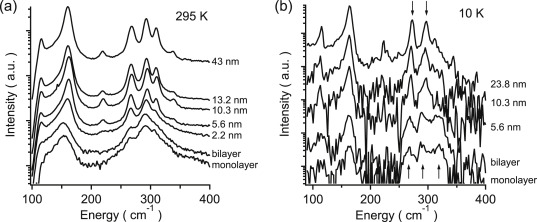New magnetic regimes by tuning the ligand spin-orbit coupling
Van der Waals (VdW) materials have opened new directions in the study of low dimensional magnetism. A largely unexplored arena is the intrinsic tuning of VdW magnets toward new ground states. Chromium trihalides provided the first such example with a change of interlayer magnetic coupling emerging upon exfoliation. Here, we take a different approach to engineer previously unknown ground states, not by exfoliation, but by tuning the spin-orbit coupling (SOC) of the nonmagnetic ligand atoms (Cl, Br, I). We synthesize a three-halide series, CrCl3 − x − yBrxIy, and map their magnetic properties as a function of Cl, Br, and I content. The resulting triangular phase diagrams unveil a frustrated regime near CrCl3. First-principles calculations confirm that the frustration is driven by a competition between the chromium and halide SOCs. Furthermore, we reveal a field-induced change of interlayer coupling in the bulk of CrCl3 − x − yBrxIy crystals at the same field as in the exfoliation experiments.




